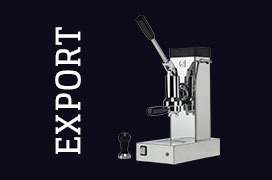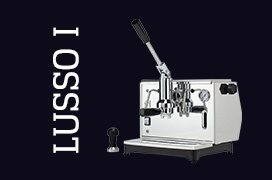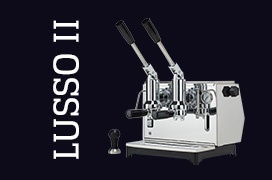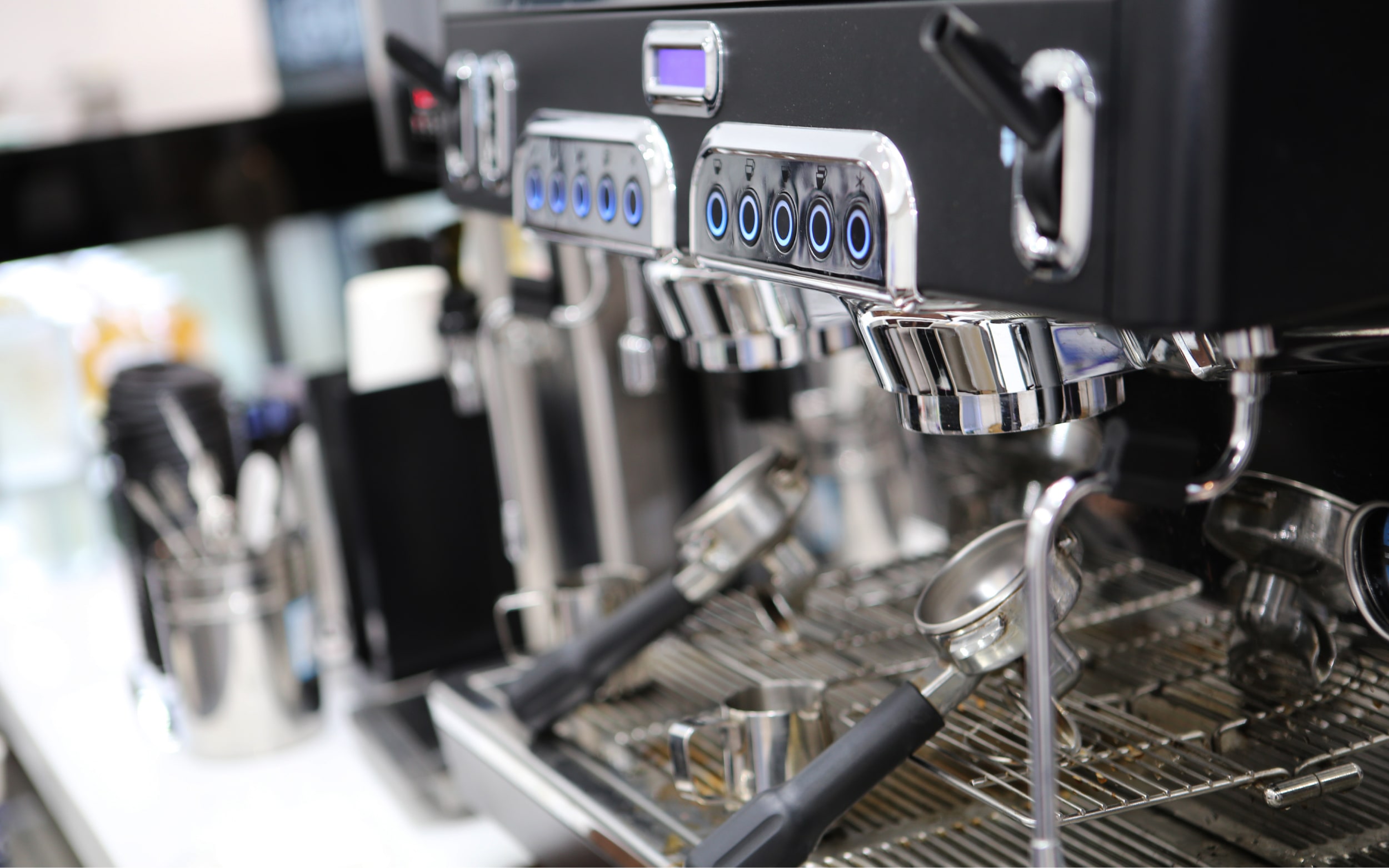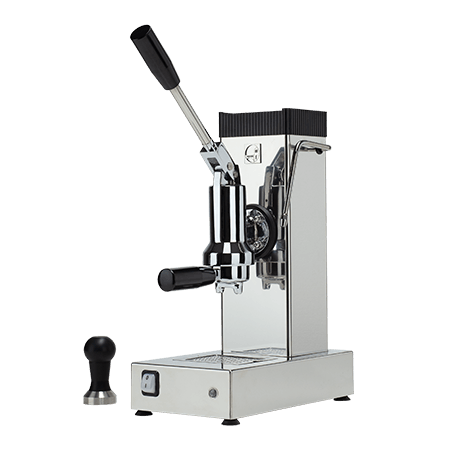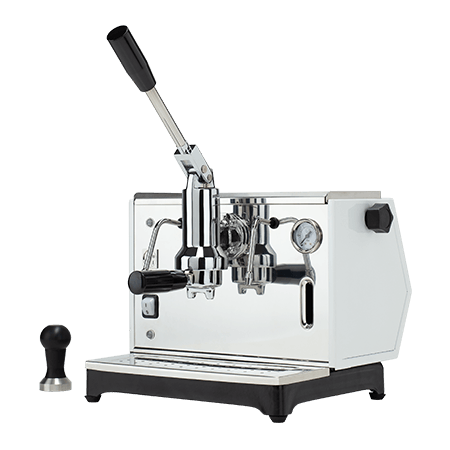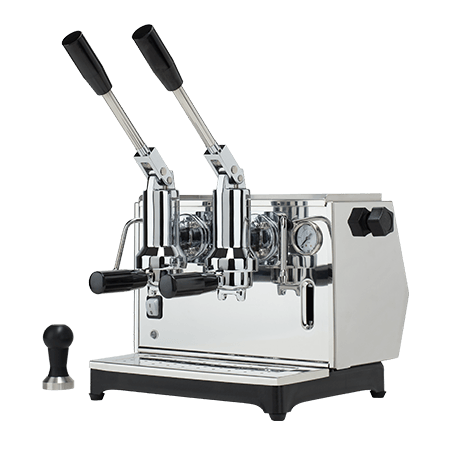Knowing how to descale your coffee machine is a must if you want to keep it in good condition for as long as possible. Limescale is in fact the number one enemy of our appliances, which is why it is important to remove it regularly to avoid serious damage.
Precisely because we know about coffee, we are all too familiar with the unpleasant feeling you get when you realise that the taste of your favourite beverage has suddenly changed for the worse, taking on a decidedly bitter flavour.
The problem, in these cases, is almost always due to a massive presence of limescale inside the machine, which may even start making unusual and annoying noises. If this sounds familiar, it just means that you need to descale your coffee machine as soon as possible. And in this article, we explain how to do it.
How limescale forms and why it can damage your coffee machine
In order to give a very accurate definition of limestone, it must first be said that it is a naturally occurring sedimentary rock, composed in particular of calcite and dolomite, two minerals.
Tap water, i.e., the water that comes from the tap at home, naturally contains calcium and magnesium minerals, which turn into limestone when it heats up. The deposits form as the water evaporates and emits carbon dioxide, which tends to accumulate to create limescale deposits.
And how does limescale ruin our appliances? Because it is an insulating mineral that accumulates on the heating element of household appliances (the heating element), it stops them from functioning properly.
If the heating element does not heat properly, the appliance tends to be less efficient and is in danger of breaking down. Even more so as limescale deposits, in addition to impairing the operation of the appliance, cause a higher consumption of electricity, also affecting household consumption.
All this, however, can be easily avoided by regular descaling of household appliances, a process to which you should also subject your beloved coffee machine.
Ideally, this should be repeated about every 300 brews, so that you can be sure to nip limescale build-up in the bud. To do this, you have two different solutions at your disposal: chemical descaling agents and natural descaling agents.
Descaling the coffee machine: how to do it with chemical descaling agents
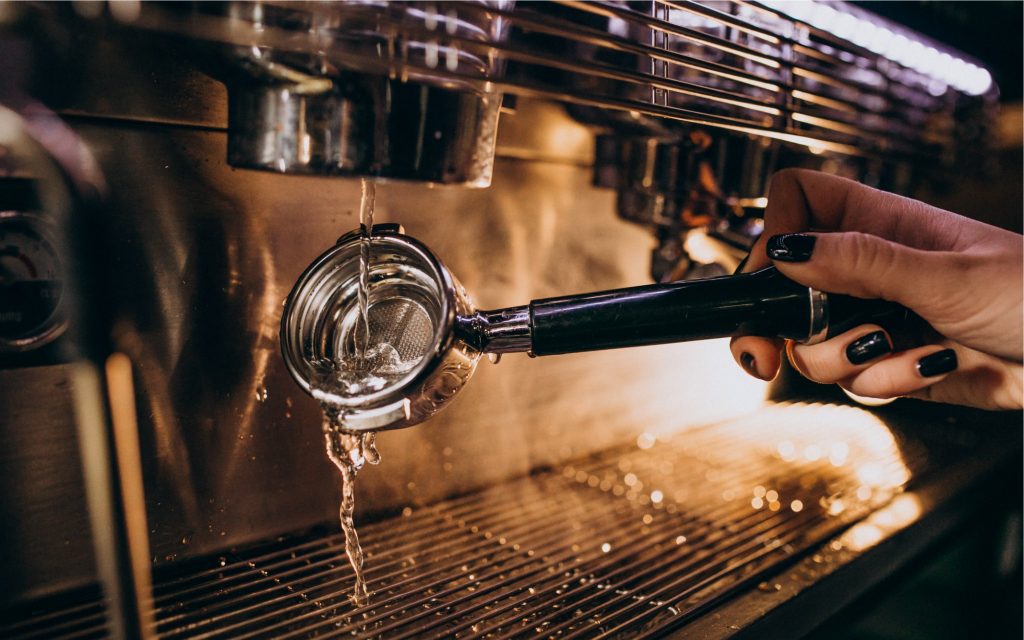
Chemical descaling agents are the best option for descaling the coffee machine. After all, we are talking about products specifically created for this purpose, which makes them, at least on the surface, the best solution. But how do you descale a coffee machine using these products? In fact, it is a simple and quick procedure, which involves:
- pour the product into the tray, after filling it with lukewarm water;
- switch on the machine and press the ‘start’ button;
- make sure to let the entire solution run out, emptying the tank completely;
- rinse the tank thoroughly with tap water;
- fill it with water again;
- repeat the same operation with water only, draining it until it is completely empty.
As you can see for yourself, we are talking about a very easy procedure, the success of which is guaranteed. On the other hand, however, you have to bear in mind the fact that, being chemical products, these descaling agents could introduce harmful substances into your machine (and, consequently, into your coffee!). This is why the final rinse with water is so important.
The alternative is to use natural descaling agents that, unlike chemical descaling agents, do not contain any harmful substances.
Descaling your coffee machine: how to do it with natural descaling agents
If you do not want to take any risks and enjoy your coffee without fearing that it may have been contaminated with harmful chemicals, you can opt for descaling with natural descaling products.
Various descaling products made from these ingredients can be found on the market, but you can also opt directly for those you already have at home:
- vinegar;
- citric acid.
To descale your coffee machine effectively and without running any health risks, you can easily use either of these two products. The procedure is the same as with chemical descaling agents, with the difference that in the case of vinegar, the recommended amount is half a litre; in the case of citric acid, however, you should use 10 grams mixed with 1 litre of water.
On the other hand, the use of lemon juice and bicarbonate of soda should be avoided: while the former is not powerful enough to act against limescale, at the same time causing the formation of mould and bacteria in the machine’s circuits, the latter does not possess any properties that can dissolve this mineral.
Actually, vinegar would also have a downside, dictated by the fact that its peculiar acidity could damage the rubber seals, thus eventually ruining your machine.
Prevention is better than cure: how to take care of your coffee machine
Precisely because we know a lot about coffee, we have preferred not to sugarcoat it for you by explaining the pros and cons of each type of descaling agent. The fact that all the products mentioned have at least one downside (with the exception of citric acid, which is not found everywhere, however) should not lead you to think that that being the case, it is not even worth the effort of descaling.
Not regularly descaling your coffee machine would in fact be the worst mistake you could make, as you would end up condemning it to certain death. The advice we would like to give you, in addition to regular fixed descaling every 300 brews or every 3 to 4 months, is to invest in prevention because, as they say, ‘Prevention is better than cure’ – a maxim that also applies to the coffee machine.
You could, for example, inquire about the amount of limescale contained in the tap water and, alternatively, use only water from packaged bottles, which has a much lower amount of limescale.
But, more than anything else, it is also important to have a quality coffee machine that, as such, requires minimal maintenance. After all, if you want to drink good coffee, you should do it with the right machine: a safe and highly professional product, made of robust materials that do not risk breaking at the first build-up of limescale.
Our lever machines fully meet these requirements, as they ensure quality and durability but, more than anything else, they produce a coffee with an intense and intoxicating aroma that will satisfy even the most demanding palates.
So, what are you waiting for? Check out our catalogue and discover the coffee machine that suits you best: a valuable ally assembled with quality components that will not only ensure you excellent coffee, but will also effectively resist the assaults of limescale.
